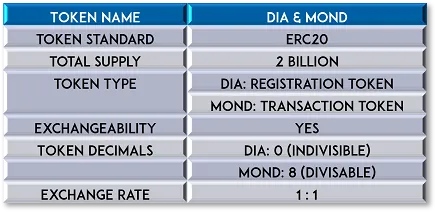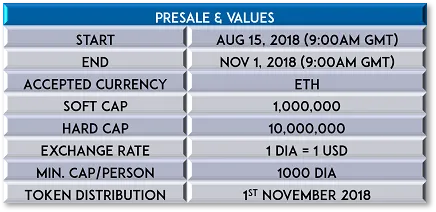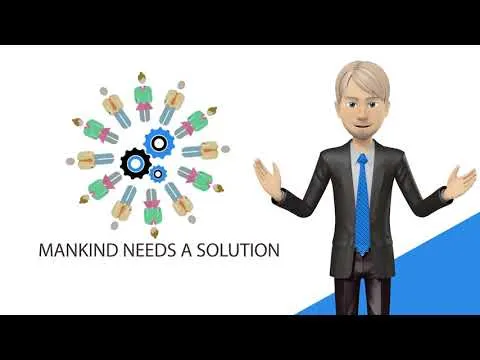
BLOCKCHAIN
In October 2008, Satoshi Nakamoto released his Bitcoin white paper , and many developers worked to implement blockchain technology with the goal of emancipation from centralized finance.
If the information revolution that is the Internet put information in the hands of the people, blockchain and distributed ledger technology have created a trust revolution enabling the decentralization of power and decision making.
Even though the use of Blockchain for digital money is only the tip of the iceberg, blockchain has recently become a byword for cryptocurrencies.
The reason for the current fierce technological competition in the blockchain field is a reflection of the effort to replicate the performance of the Fiat Money systems we seek to escape.
The blockchain is aimed at bringing about a revolution in freedom and trust by breaking free of centralized systems and transferring decision making power to a network of users.
MANKIND HERITAGE
However, below the surface, the nations of the world are embroiled in a silent war over this common heritage.
Although on the surface international treaties prevent them from asserting sovereignty over this heritage, the existence of reports on mineral and fishing resources show that they are locked in a struggle for whatever more significant share of the pie they can get.
This raises some suspicions.
- If this is humanity's common heritage, why can't citizens get involved but the central
organs we call countries can? - Is not the property of everyone also the capital of anyone?
- If a primary organ (country) obtains the rights, will the benefits be distributed
appropriately to humanity?
The answer from history so far is a resounding NO.
Humanitys dependence on resources entails the possibility of the tragedy of the commons.
MOON: OWNERSHIP
One question that has sparked a lot of interest about this planetary body is “Who owns the Moon?”
In Who owns the Moon , Article II of the UN Outer Space Treaty, stated that, outer space, including the moon and other celestial bodies, is not subject to national appropriation by claim of sovereignty, by means of use or occupation, or by any other means.
Although the UN Outer Space Treaty, ratified in 1967, prohibits the ownership of the moon or celestial bodies by a nation, it says nothing about private ownership.
To assert ownership of the moon, you need first to determine whether the moon is an object, which it is not.
The moon, as part of mankind's universal heritage, definitely cannot be owned by an individual.
THE DIANA PROJECT
The Diana project is birthed to decentralize ownership through group participation of citizens and an issue of the Cosmic Crypto Currency to actualize the citizens revolution of the extraterrestrial resources.
The Diana project aims to assert the collective rights to the moon, to create a basis to get involved.
The project provides three steps in order to claim their collective rights to the moon by:
- Build a Lunar Registry System™
- Registration by public participation
- Registration is based on blockchain with everyone recorded
The registration records are permanent but their being forgotten by the public has no meaning.
- Designing a token economy
- Issuance of Diana when registered
- The roadmap for using Diana as a currency to circulate the story in everyday life
THE DIANA FEATURES
Secure And Transparent
The platform is built on the blockchain system, which makes it one of the most secure and transparent digital communities. It is free of attacks from manipulators and hackers who may not mean well for the users of the platform.
Decentralization
The system is decentralized, as it is built on the blockchain system.
Extraterrestrial Resources
Occurring outer space resources.
THE DIANA PROJECT BENEFITS
The Diana project aims to play in harmonizing the citizens of the world, industries and the ownership of the moon. The Effect of the Diana project will cause the following to happen;
- Exploiting the moon using the Diana Project is no longer a zero-sum game between significant capital and the citizens of the world
- The participation of global citizens in humanity's universal heritage will further strengthen the development of the space industry and create new industries and have a knock-on effect as new technologies spread to other industries.
- Also, the acquired space resources and development benefits will be distributed equally to the citizens who own the joint assets, thereby implementing a win-win game in which all involved are winners.
THE DIANA TOKEN ECONOMY
The moon is ¼ the size of the earth with the total surface area of 37.93 trillion m².
The moon will be divided into 10,000m² units for registration purposes, generating a total of 3.793 billion cells.
One Diana will be issued for every cell, meaning that 3.793 billion can be issued, but the amount of currency issued is limited to 2 billion.
The reason for this is that the speed of the moon's rotation on its axis is the same as the speed of its orbital rotation, meaning we only see one side of the moon on earth.
For the Diana project, two tokens based on the Ethereum ERC20 protocol will be issued for Diana to serve different purposes. These tokens are DIA and MOND. DIA token is indivisible and it has the certificate role of showing that registration has already taken place. The MOND token has the functions of a cryptocurrency and it has a super split ability. Diana is currently on pre-sale that ends on 10/31/18.
Token Summary

Token Sale

Useful Links:
Website: http://diana.io/
Whitepaper: http://diana.io/whitepaper/diana_en.pdf
ANN Thread: https://bitcointalk.org/index.php?topic=4931616
About Author:
Bitcointalk Profile: tpq01349
ETH Address: 0xA73fA2565C18218AC6510c8CD3B220F5794f3B84
